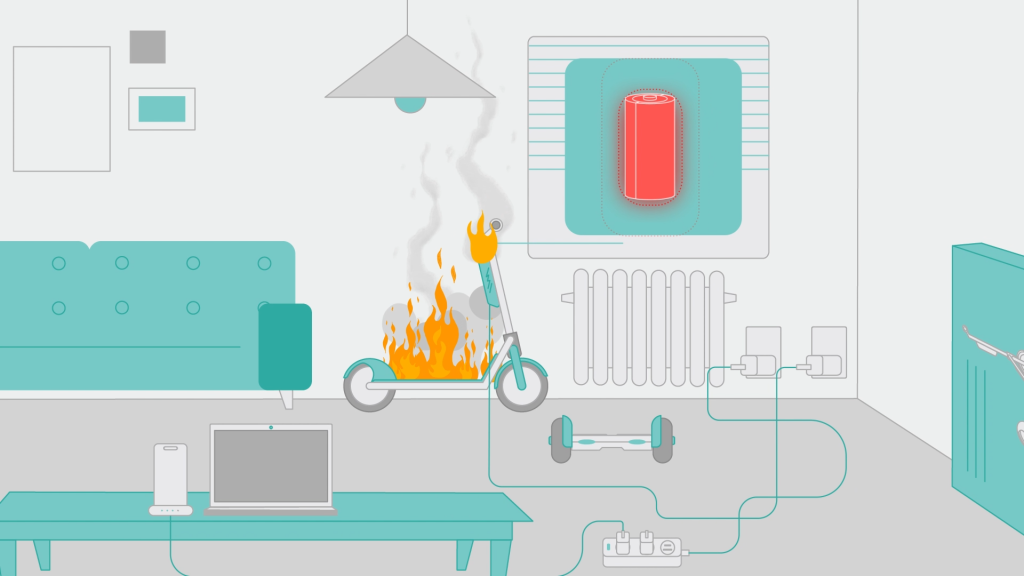1
Define the problem
In your own words, describe the problem of thermal runaway.
- What is thermal runaway?
- Name a lithium-ion battery-powered device and describe a potential cause of thermal runaway in that device’s battery.
2
Design the solution
What are your ideas for a solution to the problem of thermal runaway?
- What are your ideas for solving the problem of thermal runaway? Specifically, design an intervention to limit the cause that you listed above.
- What are the features of your solution? How exactly do your design’s features limit the cause?
3
Iterate your solution
Engineers often keep going to redefine and redesign an engineering solution. If you have time, go back and think about a second problem that could cause thermal runaway in that device. Add to your solution in order to limit the effects of the second cause.
Now that you’ve defined the problem, you can begin to engineer the solution.
Ready to try the Science of Thermal Runaway engineering design challenge?


